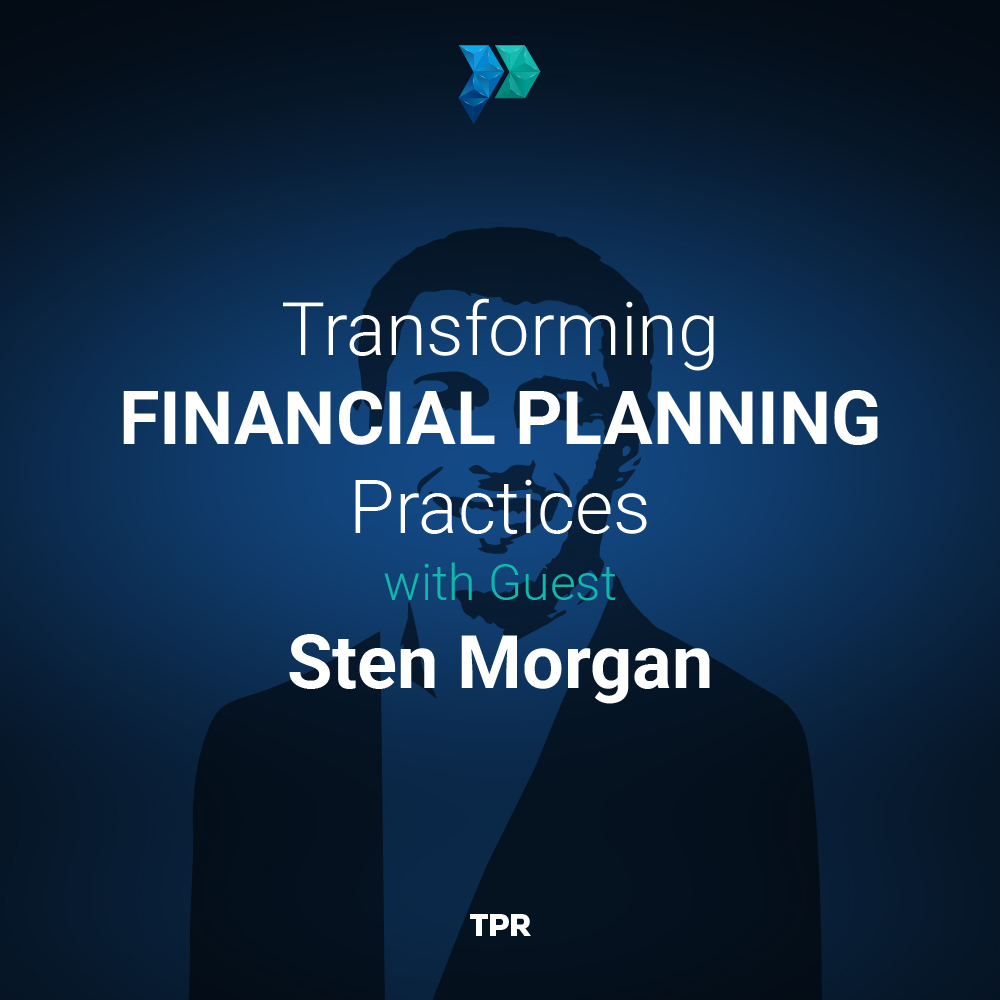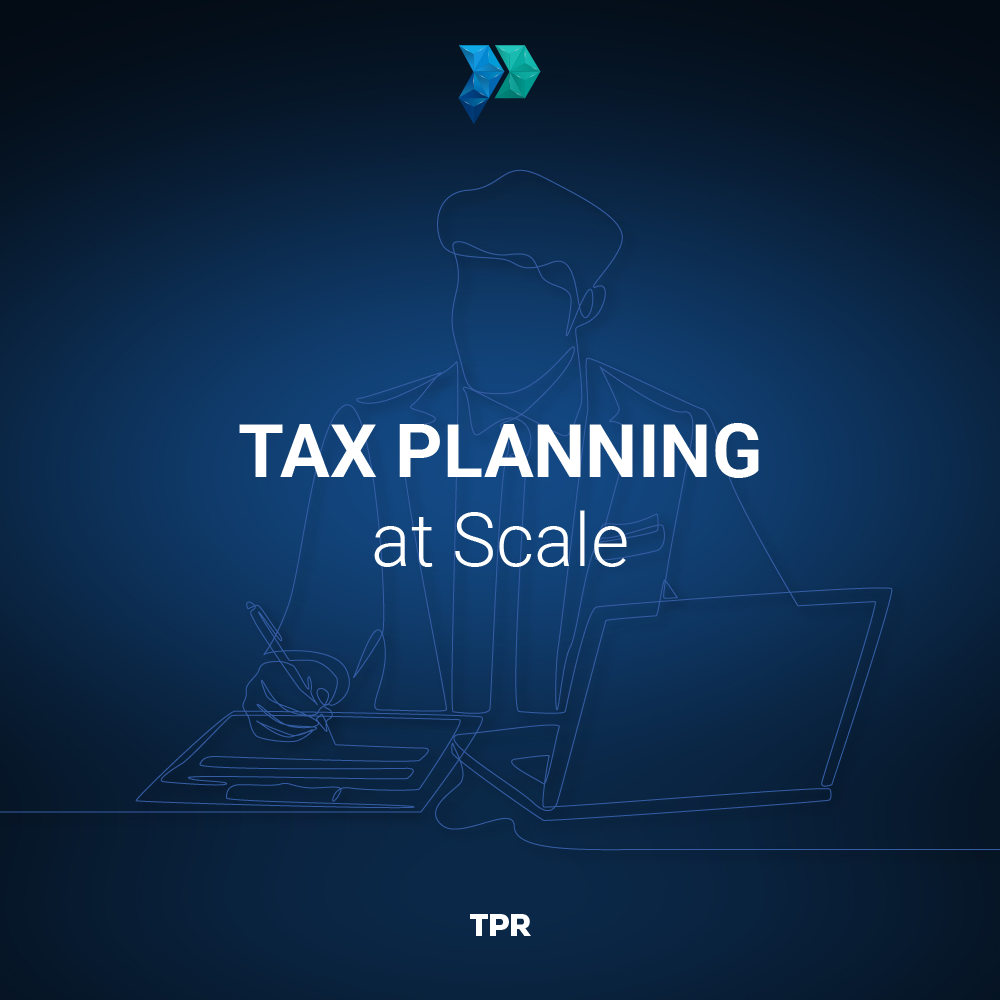What You'll Learn In Today's Episode:
- Follow a structured client onboarding process to ensure success for both the advisor and the client.
- Collaborate with CPAs to provide comprehensive financial advice and maximize tax planning strategies.
- Obtain a letter of authorization from clients to streamline communication with CPAs.
- Implement the 1099 value add by creating a checklist for clients and simplifying complex tax topics.
- Plan Value Adds based on client information and tax planning strategies.
In this Follow-Up Friday episode, Amber is recapping this week’s highlights and action items, focusing on optimizing client meetings, communication, and value-driven planning. Matt and Michael stressed the significance of a structured client onboarding process, detailing its pivotal role in ensuring success for both advisors and clients while also outlining key steps and meeting protocols. Jamie explored tax planning strategies and advocated for collaborative efforts with CPAs to offer holistic financial advice. She emphasizes the importance of obtaining client authorization letters and shares practical tips for maximizing the value derived from 1099s. Throughout the discussion, effective communication emerges as a cornerstone, underscoring its role in delivering tailored solutions and nurturing enduring client relationships.
Resources In Today's Episode:
Read the Transcript Below:
Hello TPR Nation. This is Amber Kuhn. Thank you for joining me on today’s follow up Friday where I’ll be recapping this week’s highlights and action items. On Monday we were sharing another sneak peek into one of our upcoming master classes. Now during the sneak peek, Matt and Micah were focused on the client onboarding process and how you need to do certain stuff to get the results that you want. So first things to consider whether you want to have a great prospect and client onboarding process or would you rather experiment and just be unsure of how it’ll turn out? And of course they prefer that you follow the process in a certain way in order to deliver success yourself, your team in your clients. Remember that the stakes here are your financial future and especially your client’s financial future. So if you’re skipping the steps, you’re doing a massive disservice to your clients. Matt and Micah shared the differences in their offices for their client onboarding experience. That’s not for his process. His goal is to get them into the client rotation in normal Surge rotation as quickly as possible. They’ll do an onboarding meeting and initiate transfers within the first two weeks depending on his schedule. Within four weeks, they’ve gotten the transfers that will move quickly. They discuss investments and they’ll work down the one page financial plan. So during that first year, he wants to meet with them every calendar quarter until they can be moved into a semi annual rotation. It’s probably meet they go through a dark quarters value add and work through the one page financial plan. But that first year, not so that they’re critical things that need to happen and they’re time sensitive. And there are things that you can make progress on deeper things that can be layered in with future meetings. As I go through things that keep going back to that one page plan and not only they cross things out that they taken care of, but they point out things that will be an ongoing process, Matt said that you need to approach this with a white glove experience. So there’s no expectation that the client will just figure things out. Everyone has responded to with phone calls and they understand that this is a huge deal. It’s easy for clients to have buyer’s remorse. So he wants to do everything that he can to resolve that. For Micah’s process. He said it’s similar and a little more in depth. He said the number one thing that’s often missed is baking clients. So they always send a welcome gift to new clients to their workplace. And when they come in for their meetings, they recognize that they can have concerns and they continue to think that now, Micah has already planted the seeds for his five areas of financial planning, state planning, risk management, retirement income investments and taxes. Then he’ll start distinguishing how the meetings as a client will be different and how they’re going to be laser focused in their meeting, focusing on one area, and then the client needs to always be up for questions and concerns. His first meeting is focused on estate planning. So even if the client has just completed their estate documents prior to becoming a client, help remind them that he’s there to make sure that everything is correct and in place and that nothing got missed. In that meeting, he also wants to come with a net worth statement and a beneficiary report if he has it. And this is where he’s asking what the client wants to take place. If something happens to them. He’s matching up the documents to make sure that their wishes will be fulfilled. TPR listeners as a reminder Monday’s episode was a sneak peek into an upcoming masterclass. So your action item for Monday is to email us at lifestyle@theperfectria.com seat so you don’t miss out on our upcoming masterclass releases. On Thursday, Jamie was sharing a project you can start working on from the information that you’ve gotten from your spring Surge. She talked about how spring is their biggest Surge because of the amount of information they’re getting from clients during this time. So everything that clients are giving to their CPA, Jamie recommends that the clients give to them as well. One of the things that they’re trying to be instrumental about at Shilanski and Associates with their advisors is doing a 5 to 10 year tax plan. She said CPAs are focused on what is fact today, but financial advisors are focused on the what ifs, so they try to work hand in hand with CPAs to bounce ideas and look at strategies for their clients. Jamie said that they ask their clients to sign a letter of authorization or copy of their draft return before gets filed. With that LOA they can now go directly to the CPA and get the information they need. Instead of asking the client for it. It just makes it easier for the client. For this she has her RMS get the Working Papers and draft return behind the scenes. She’s like anytime she can save a client one or two steps she’s going to take that action because first it makes sure that things are getting done and it also provides massive value to the client. So ultimately, they’re getting the tax return and she wants an executed version. She’ll confirm any payment that was needed or provide concierge level service to help with any needs. She pointed out that for any client that owes taxes, they’ll get an estimated tax worksheet with vouchers for estimated tax payments. From this Jamie shared a low hanging value add that you can do that doesn’t take a lot of time. For them, if there’s a client who has an estimated tax payment, they’ll flag it in their CRM for the summer appointment. During that appointment, they’ll mention if it makes sense to update Social Security taxes that are withheld or a couple of weeks prior to those estimated payments being due they’ll reach out to the client as a courtesy reminder and offer to assist them. Jamie also talked about how the 1099 value add is impactful. She walked through how they do this where we create a list of which companies a client should receive a 1099, captured in their CRM, use a mail merge and create a checklist for the blind. They’re aware of which ones we need to watch out for. The reason this is a big deal is because this is an example of taking complex topics and making it super simple for clients. Jamie went into the homework sheet that all clients fill out and part of this includes their taxable income and so they can focus on upcoming tax planning strategy based upon what tax bracket they’re in. This becomes incredibly powerful. So she recommends that with all information you now have from your client you can now do forward planning and outline over the summer what your value adds will be either for this year or for next year. Let’s get an action items. Look at the value add options that Jamie shared and then use the end of this tax season to plan your value add and start doing the work now to set you up for success with your clients later. Before we go to our nation if you’re looking for an opportunity to learn today in person from that night. Be sure to join us this September. Live in Arizona. Visit theperfectria.com/live for more information and to save your spot. That wraps up this week’s recap thank you for joining me and please share it or any of our episodes with another advisor or team member do you think might benefit from listening and be sure to subscribe to the perfect iPod? Don’t miss an episode. Until next time. Happy planning!








